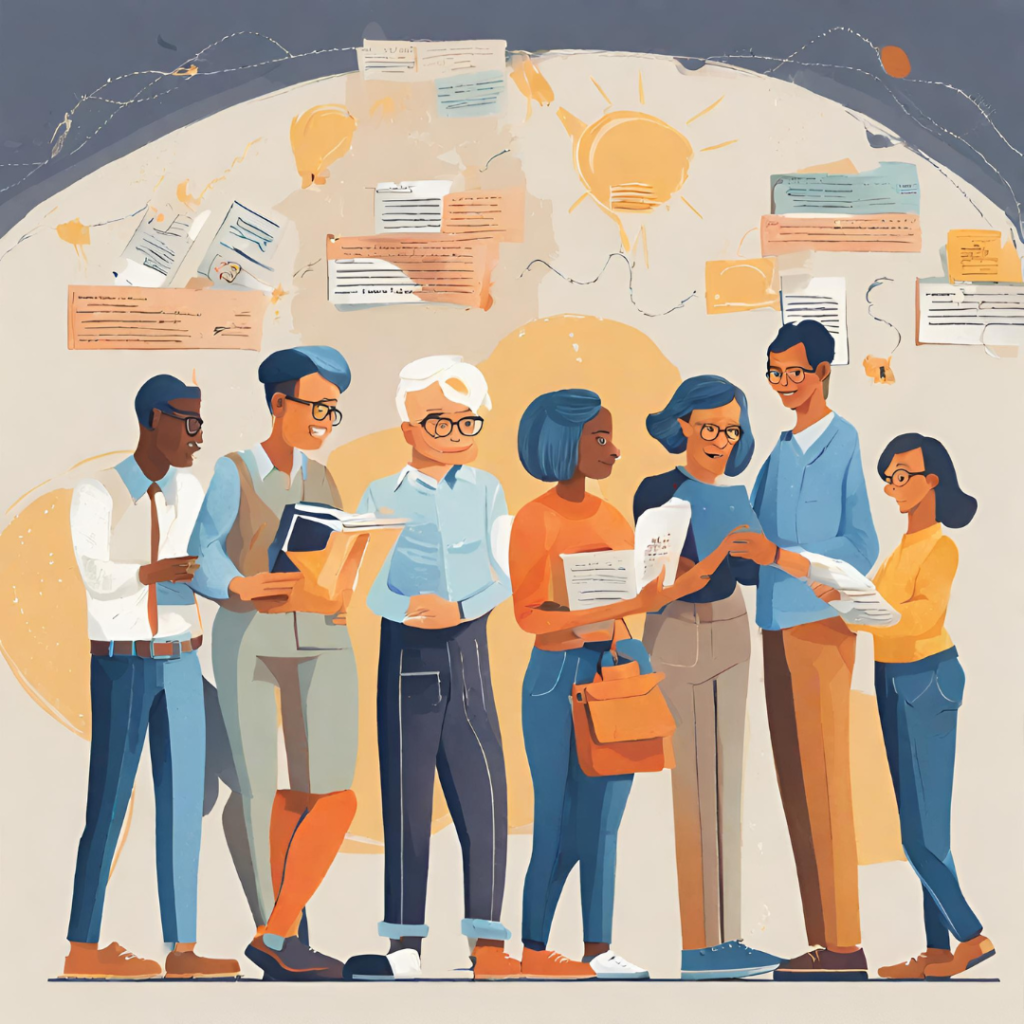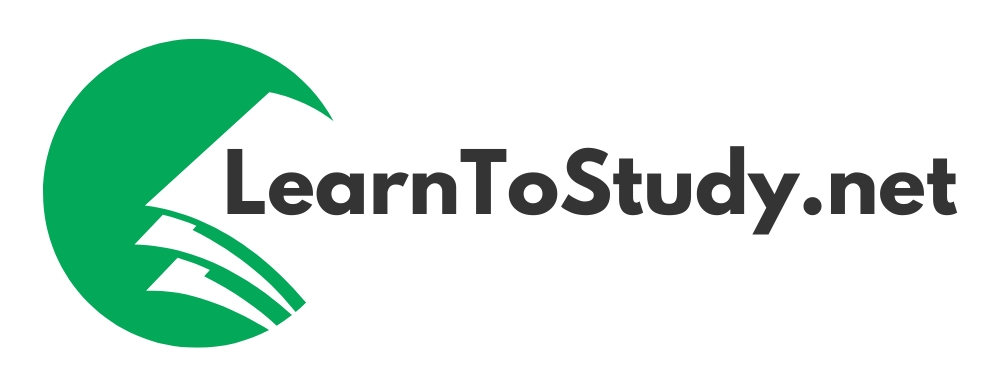
The progression of time influences numerous facets of society, from culture and technology to the methods and modes of learning. Each generation, shaped by its unique set of experiences and technological exposures, naturally develops its own learning styles and preferences. This understanding is pivotal, especially when aiming to foster a collaborative spirit in diverse environments such as classrooms, workplaces, and in our broader societal interactions. Let’s delve deeper into the distinctive approaches to learning embraced by the primary generational groups of our era.
Baby Boomers (1946-1964)
Born amidst the aftermath of World War II, Baby Boomers have been witnesses to substantial societal transformations. Their learning styles have undeniably been molded by the significant events and technological developments of their time.
- Traditional Learning: Baby Boomers often show a marked preference for conventional classroom settings. They see immense value in face-to-face interactions, leaning on the expertise of educators and trainers. Having grown up in a world where in-person communication was the norm, they inherently respect authority and structure. This often translates into an inclination towards structured, formal training sessions or workshops.
- Written Materials: While many have gracefully transitioned into the digital age, a considerable number of Boomers continue to favor tangible resources. Books, printed manuals, and handouts are often their chosen tools when diving into a new subject or expanding their knowledge.
- Group Collaboration: This generation’s collaborative spirit cannot be overlooked. They genuinely value the essence of teamwork and often extract immense value from group-centric activities such as discussions, brainstorming sessions, and collective problem-solving.
Generation X (1965-1980)
Generation X, often labeled the “MTV generation”, serves as the bridge linking the analog past to our digital future. This position of transition has undeniably left its mark on their learning preferences.
- Blended Learning: Given their unique experience of both the pre-internet and post-internet phases, Gen Xers display a comfortable duality in their learning methods. They are equally adept in a traditional classroom setting as they are navigating the terrains of online courses, webinars, and digital workshops.
- Self-directed Learning: An independent streak runs deep in this generation. Valuing autonomy and self-sufficiency, they don’t wait for knowledge to come to them. Instead, they actively seek out resources, tools, and platforms, demonstrating a proactive attitude in their educational pursuits.
- Practical Application: Gen Xers display a strong affinity for learning strategies that resonate with real-world scenarios. Case studies, real-life problem-solving, role-playing activities, and other hands-on techniques resonate deeply with them.

Millennials (1981-1996)
Millennials, often referred to as Generation Y, matured alongside a world that was digitalizing at an unprecedented rate. Early exposure to internet technologies has been a significant influencer of their learning habits.
- Digital Natives: The vast majority of millennials move seamlessly through digital platforms. Online courses, webinars, forums, and digital workshops are often their primary tools of learning.
- Interactive Learning: This generation thrives on engagement. Interactive platforms that involve videos, simulations, games, and collaborative activities tend to resonate deeply with them. They flourish in environments that not only disseminate information but also engage them actively in the learning process.
- Feedback-Driven: Continuous growth is a hallmark of millennials. They thrive on feedback, appreciating educational ecosystems that allow for regular evaluations, constructive critiques, and paths to self-improvement.
Generation Z (1997-2012)
Generation Z, having been birthed into an already digital world, boasts unparalleled tech-savviness. Their immersion in digital technology since infancy significantly colors their learning preferences.
- Multimodal Learning: Gen Zers are accustomed to multitasking across devices and platforms. Consuming information through various channels simultaneously is second nature to them.
- Short Bursts of Information: This generation has adapted to the rapid-fire information delivery of platforms like TikTok, Twitter, and Snapchat. As a result, they often find value in microlearning modules and lessons broken down into smaller, digestible segments.
- Personalized Learning: Customization is a significant draw for Gen Z. They seek out platforms and resources that allow them to carve out personalized learning paths, catering to their unique interests and areas of improvement.
Bridging the Gaps: Strategies for Collaborative Learning
Generational distinctions in learning styles, while evident, don’t necessarily denote division. Instead, they can signify opportunities for integration and synergy. When these diverse learning styles intersect, they can catalyze richer, multifaceted learning experiences. To harness the strengths of each generation, consider these strategies:
- Cross-Generational Mentoring: Mutual growth is attainable when individuals from varied generational backgrounds collaborate. A Baby Boomer might bring wisdom from lived experiences, while a Gen Zer could introduce novel perspectives and digital expertise.
- Flexible Learning Platforms: Adopt platforms that cater to both traditional and digital resources. Such platforms ensure an inclusive environment where all generational cohorts can find resources that align with their learning preferences.
- Open Dialogue: An atmosphere that encourages open communication about learning preferences can be invaluable. Understanding the motivations and inclinations of each generation can pave the way for more effective and inclusive teaching strategies.
Conclusion
Recognizing and valuing the distinctive learning styles of each generation is the first step towards fostering a collaborative, inclusive learning ecosystem. By bridging the generational divide, educators and learners can build mutual respect and understanding, tapping into the strengths and insights each generation brings to the table. It’s in this harmonious merger of old and new, traditional and modern, analog and digital, that a rich tapestry of knowledge is woven. Through such collaboration and adaptation, the learning environment transforms, proving that when generations come together, they create unparalleled educational synergy.

